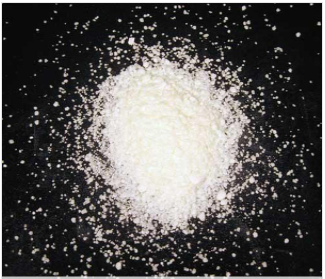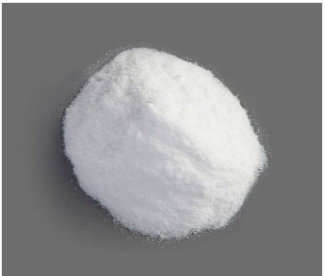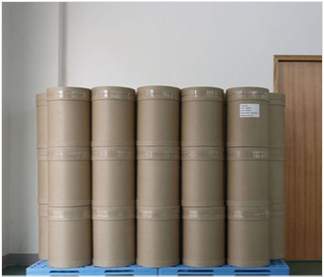Erythorbic Acid
· Type:Antioxidants
· CAS No:6381-77-7;7378-23-6
· Qty in 20' FCL:22MT
· Min. Order:3000KG
Specification
Item | Specification -- FCC IV |
Name | Erythorbic Acid |
Appearance | White odorless, crystalline powder or granules |
Assay(on dry basis) | 99.0 - 100.5% |
Chemical Formula | C6H8O6 |
Specific rotation | -16.5 --- -18.0 º |
Residue on ignitionc | < 0.3% |
Loss on drying | < 0.4% |
Particle size | 40 mesh |
Heavy metal | < 10 ppm max |
Lead | < 5 ppm |
Arsenic | < 3 ppm |
Details
Erythorbic Acid or erythorbate, formerly known as IsoAscorbic Acid and D-araboascorbic acid, is a stereoisomer of ascorbic acid.
And its chemical properties have many similarities with Vc, but as an antioxidant, it has the inimitable advantage that Vc do not have: First, it is superior to the anti-oxidation than Vc, therefore, mixed the Vc, it can effectively protect the properties Vc component in improving the properties have very good results, while protecting the Vc color. Second, higher security, no residue in the human body, participating in metabolism after absorb by human body, which can be transformed into Vc partially. In recent years, Chinese medicine take it as complementary information be used in Vc film, Vc Yinqiao-Vc and health care products, and obtain good effect.
Erythorbic Acid, formerly known as IsoAscorbic Acid and D-araboascorbic acid, is a stereoisomer of ascorbic acid (Vitamin C).It is a vegetable-derived food additive produced from sucrose. It is denoted by E number E315, and is widely used as an antioxidant in processed foods.
Clinical trials have been conducted to investigate aspects of the nutritional value of erythorbic acid. One such trial investigated the effects of erythorbic acid on vitamin C metabolism in young women; no effect on vitamin C uptake or clearance from the body was found. A later study found that erythorbic acid is a potent enhancer of nonheme-iron absorption.
Since the U.S. Food and Drug Administration banned the use of sulfites as a preservative in foods intended to be eaten fresh (such as salad bar ingredients), the use of erythorbic acid as a food preservative has increased. It is also used as a preservative in cured meats and frozen vegetables.












